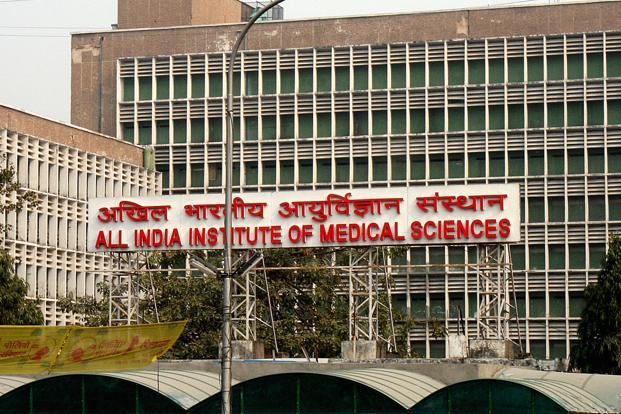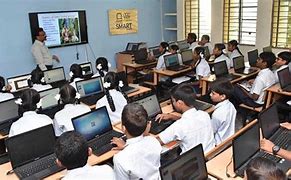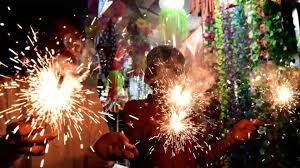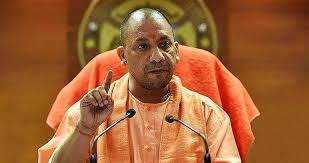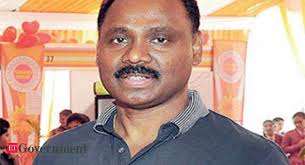Feature
‘AIIMS’ docs takes the challenge to separate two toddlers joined from head
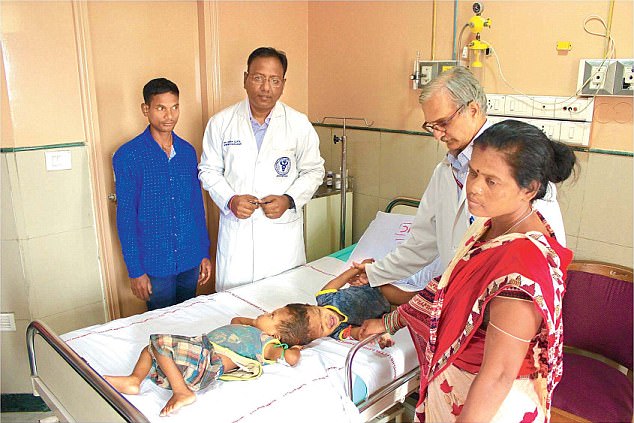
Odisha: Twins Jagga and Baliya aged two year and three months can only just hope to live normal life like other children. After the doctors from All India Institute of Medical Science (AIIMS) takes the challenge to separate the the toddlers who are joined from their heads by birth.
In medical term, kids with such sort of deformity are known as ‘craniopagus conjoint twins’ – an extremely rare condition found in 1 in 2.5 million births. The twins – Jagannath and Balram – hail from Kandhamal district in Odisha.
They were born to a farmer’s family that has disposed all faith in doctors, who they believe would surely separate the kids successfully. “We have come all the way from Odisha with a hope that the lives of our children will be transformed after a surgery. The rest is up to God,” Puspa Kanhara, the mother of the little ones said.
This highly challenging case has been referred to All India Institute of Medical Science (AIIMS) from Bhubaneshwar on Friday. Doctors at AIIMS are still not sure whether they would go for the surgery, as the procedure would put the lives of both the toddlers in risk.
AIIMS director Dr Randeep Guleria said, “It is one of the most challenging cases and also a first-of-its kind one that AIIMS has seen. We have accepted the challenge but till now we are not sure about the chances of survival of the kids. Only after detailed investigations, we will be able to comment whether surgery is feasible or not. Multiple surgeries are to be done. Their heads are completely fused and they face away from each other. We can only comment after brain mapping and angiograms.”
Health experts say nearly 40 per cent of conjoined twins die during birth and an additional one-third die within 24 hours of birth, usually from congenital organ anomalies, leaving 25 per cent to be considered for surgical separation. Less than 50 cases have been reported globally in the last 75 years.
Professor Dr AK Mahaptra, chief of Neuroscience Centre at AIIMS said a multipspecialty team consisting of pediatirc neurosurgeons, cerebrovasular surgeons, plastic and reconstructive surgeons, neuroanesthetists, neurologists and child psychologists have discussing complexities in this case.
Doctors at AIIMS informed that both the toddlers are malnourished and that this could pose a threat during surgeries. Dr Deepak Gupta, a neurosurgery professor, added that only 25 per cent cases of this sort do succeed. “Surgical planning itself can take upto three months to get finalized. The entire procedure involves multiple stages that usually require quite a months to get over. As of now, we just need to keep the kids away from infection.”
Entertainment
Meghalaya Reserves Legalized Gambling and Sports Betting for Tourists

The State Scores Extra High on Gaming-Friendly Industry Index
Meghalaya scored 92.85 out of 100 possible points in a Gaming Industry Index and proved to be India’s most gaming-friendly state following its recent profound legislation changes over the field allowing land-based and online gaming, including games of chance, under a licensing regime.
The index by the UK India Business Council (UKIBC) uses a scale of 0 to 100 to measure the level of legalisation on gambling and betting achieved by a state based on the scores over a set of seven different games – lottery, horse racing, betting on sports, poker, rummy, casino and fantasy sports
Starting from February last year, Meghalaya became the third state in India’s northeast to legalise gambling and betting after Sikkim and Nagaland. After consultations with the UKIBC, the state proceeded with the adoption of the Meghalaya Regulation of Gaming Act, 2021 and the nullification of the Meghalaya Prevention of Gambling Act, 1970. Subsequently in December, the Meghalaya Regulation of Gaming Rules, 2021 were notified and came into force.
All for the Tourists
The move to legalise and license various forms of offline and online betting and gambling in Meghalaya is aimed at boosting tourism and creating jobs, and altogether raising taxation revenues for the northeastern state. At the same time, the opportunities to bet and gamble legally will be reserved only for tourists and visitors.
“We came out with a Gaming Act and subsequently framed the Regulation of Gaming Rules, 2021. The government will accordingly issue licenses to operate games of skill and chance, both online and offline,” said James P. K. Sangma, Meghalaya State Law and Taxation Minister speaking in the capital city of Shillong. “But the legalized gambling and gaming will only be for tourists and not residents of Meghalaya,” he continued.
To be allowed to play, tourists and people visiting the state for work or business purposes will have to prove their non-resident status by presenting appropriate documents, in a process similar to a bank KYC (Know Your Customer) procedure.
Meghalaya Reaches Out to a Vast Market
With 140 millions of people in India estimated to bet regularly on sports, and a total of 370 million desi bettors around prominent sporting events, as per data from one of the latest reports by Esse N Videri, Meghalaya is set to reach out and take a piece of a vast market.
Estimates on the financial value of India’s sports betting market, combined across all types of offline channels and online sports and cricket predictions and betting platforms, speak about amounts between $130 and $150 billion (roughly between ₹9.7 and ₹11.5 lakh crore).
Andhra Pradesh, Telangana and Delhi are shown to deliver the highest number of bettors and Meghalaya can count on substantial tourists flow from their betting circles. The sports betting communities of Karnataka, Maharashtra, Uttar Pradesh and Haryana are also not to be underestimated.
Among the sports, cricket is most popular, registering 68 percent of the total bet count analyzed by Esse N Videri. Football takes second position with 11 percent of the bets, followed by betting on FIFA at 7 percent and on eCricket at 5 percent. The last position in the Top 5 of popular sports for betting in India is taken by tennis with 3 percent of the bet count.
Local Citizens will Still have Their Teer Betting
Meghalaya residents will still be permitted to participate in teer betting over arrow-shooting results. Teer is a traditional method of gambling, somewhat similar to a lottery draw, and held under the rules of the Meghalaya Regulation of the Game of Arrow Shooting and the Sale of Teer Tickets Act, 2018.
Teer includes bettors wagering on the number of arrows that reach the target which is placed about 50 meters away from a team of 20 archers positioned in a semicircle.
The archers shoot volleys of arrows at the target for ten minutes, and players place their bets choosing a number between 0 and 99 trying to guess the last two digits of the number of arrows that successfully pierce the target.
If, for example, the number of hits is 256, anyone who has bet on 56 wins an amount eight times bigger than their wager.


